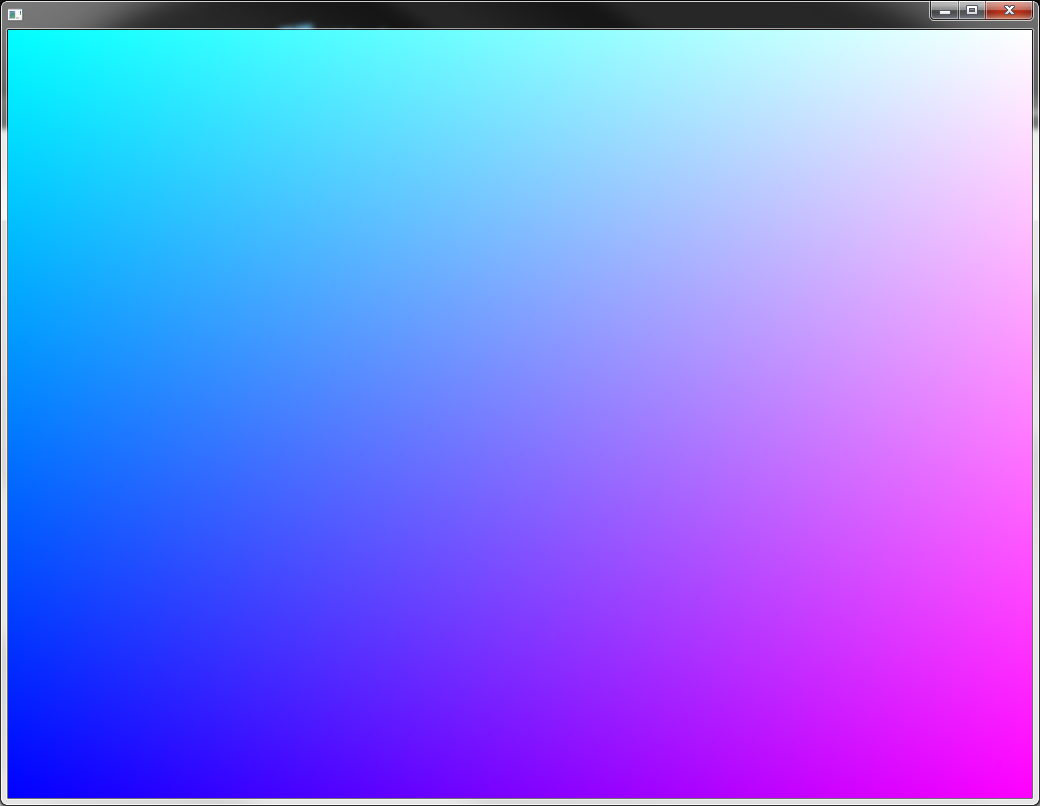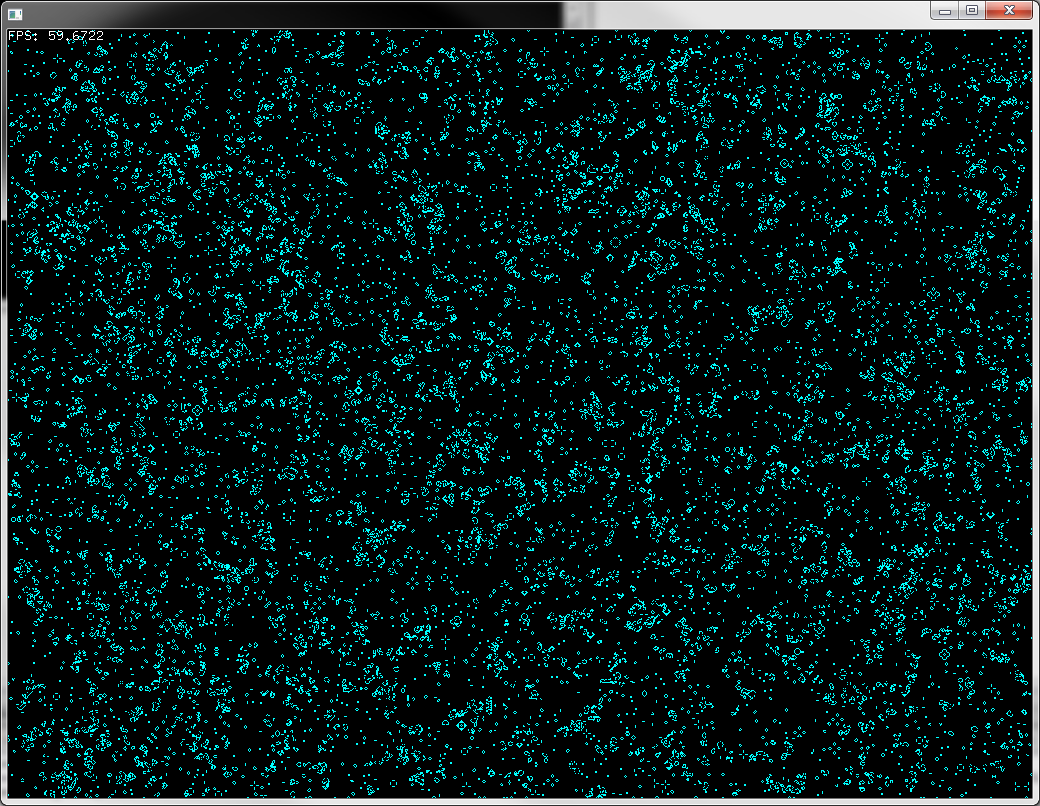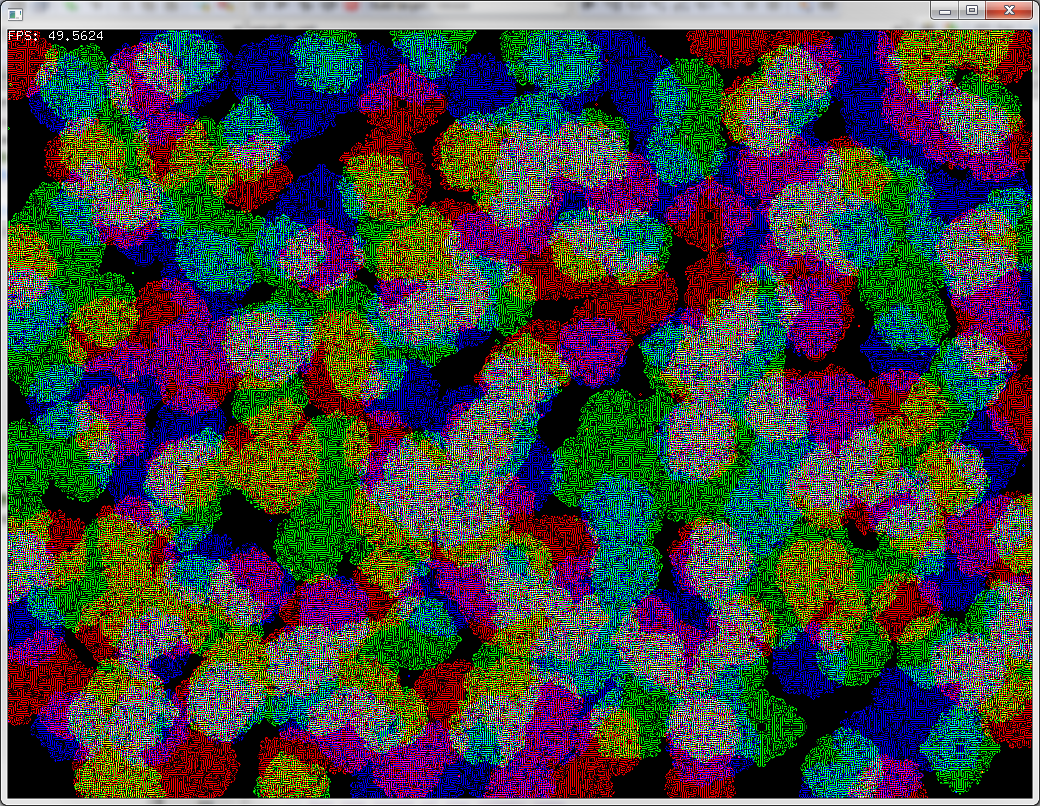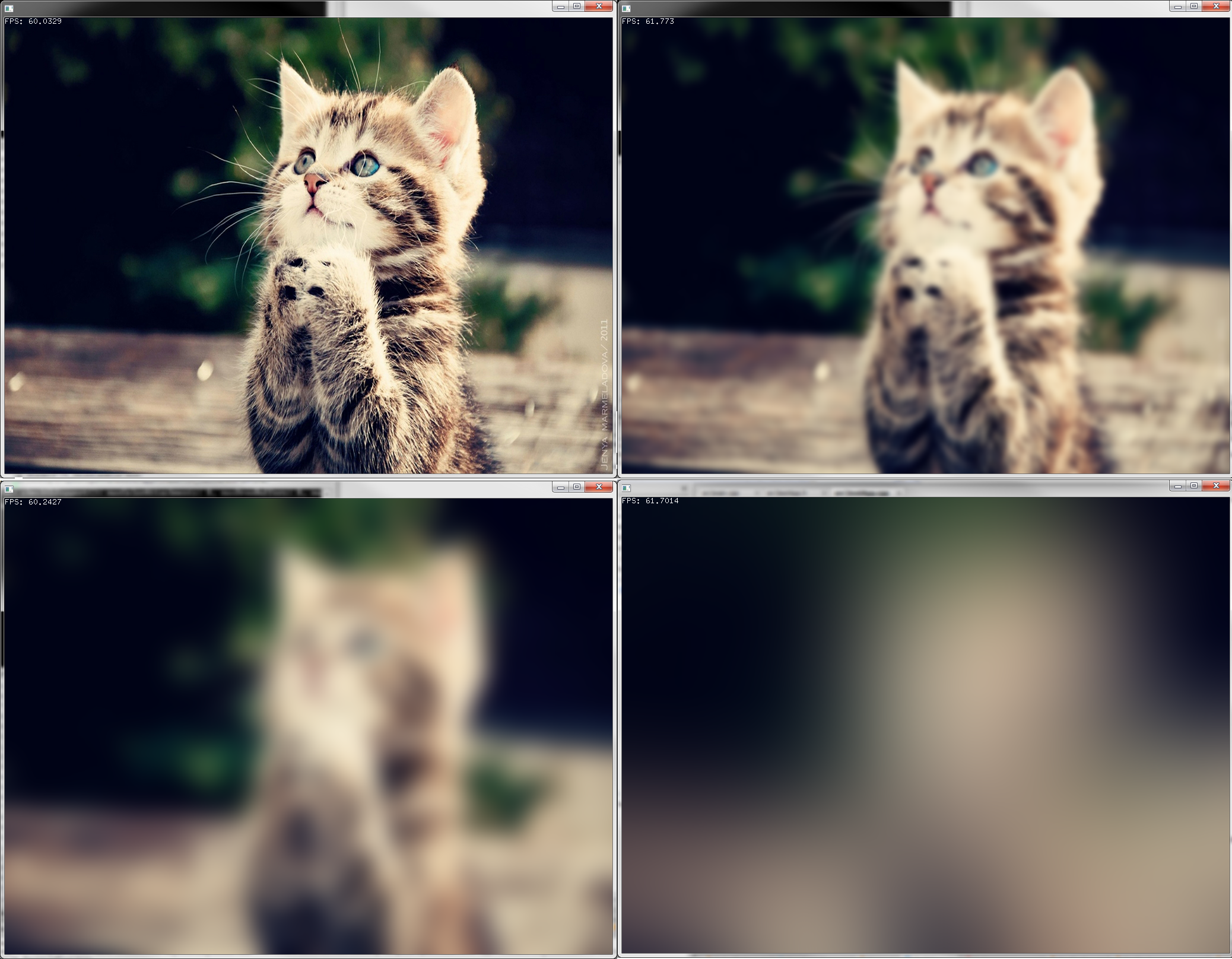As I work through the openFrameworks shaders tutorial, I'll be uploading my own heavily commented shaders. This will eventually take the form of a more guided tutorial.
Topics to Eventually Explain:
- Vertices, faces, indices, normals, textures
- Vectors, matrices and geometric projections
- The mysterious rendering pipeline
- GLSL syntax
- Built-in variables from both openFrameworks and and GLSL
- This was (is) a big stumbling block for me. Jumping into code where variables are defined for you behind the scene can be pretty confusing.
- GPU for computational processing
- When to invest the time in writing shaders
Resources:
- openGL SIGGRAPH Talk
- Mammoth 3-hour introductory course from 2013
- Nice overview of going from scratch to a complete program while also still leaving breadcrumbs that you can follow to deeper knowledge
- Steven Wittens's 2013 Talk: Making WebGL Dance
- Easy-to-understand coverage of what is happening on the graphics card
- He has good coverage of rasterization, anti-aliasing, vertices
- He's less good at explaining the linear math and shader pipeline
- Shaderific
- Nice concise descriptions of the GLSL language
- It is targeted for openGL ES, the embedded systems (mobile) flavor of openGL, but it is still a helpful reference.
- openGL.org
- Not always the easiest to jump into without any background, but immensely helpful reference.
- Lighthouse3d.com
- If you can get past their web design, then you'll find some worthwhile tutorials
Online Shader Galleries and Editors:
Same as the first example from the openFrameworks shaders tutorial. This program draws a rectangle that covers the screen, and the fragment shader colors the pixels based on their position on the screen, generating a color map:
Conway's Game of Life written to run in a shader:
TDB, something with using applying a magnifier effect or showing off the power of shaders. An example of running three simultaneous, independent games of life in a one rendering pass (using each color channel as a separate game):
TDB, something with applying Gaussian Blur. Standard sampling techniques only allow for a small blur radius before the effect breaks down (like this github tutorial).
Since I wanted some non-realtime, high quality effects. I wrote a script that generates the shaders on-the-fly based on the blur radius. It will take enough samples to generate reasonably nice large blur radius effects, like:



